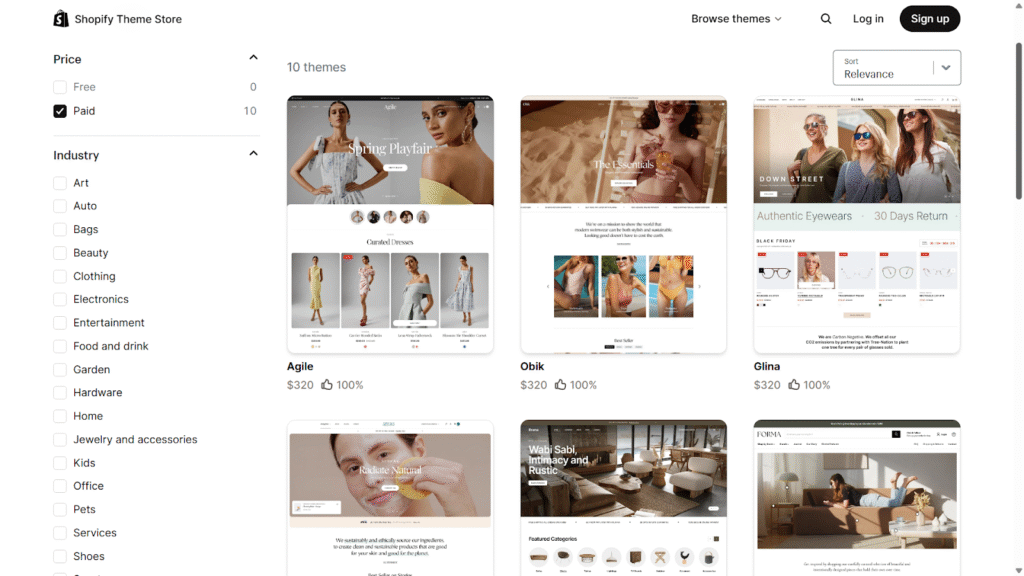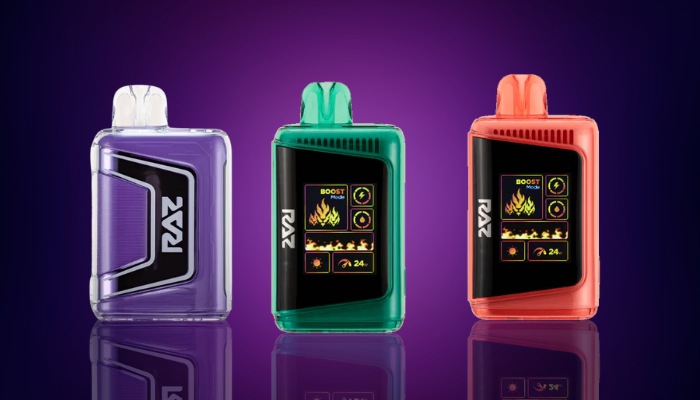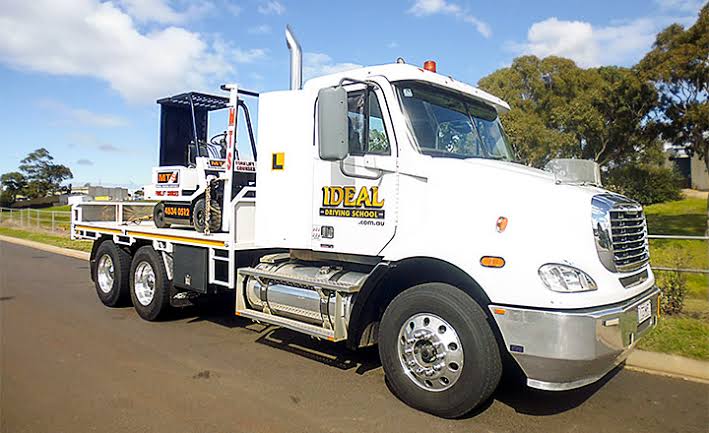In the competitive e-commerce landscape, your online store’s design and functionality can significantly impact your business. A well-chosen Shopify theme not only enhances aesthetics but also drives conversions and improves customer satisfaction.
At DGMNews, we explore how digital tools and strategies can help businesses thrive, and in this guide, we provide a comprehensive approach to selecting the ideal Shopify theme with practical insights for long-term success.
Why Shopify Themes Matter for E-Commerce
Your Shopify theme forms the backbone of your store’s user experience, influencing navigation, loading speed, customer retention, and search engine rankings. A poorly designed theme can increase bounce rates, while a well-optimized one can boost conversions by up to 20%, according to e-commerce studies. Selecting the right theme involves balancing aesthetics, functionality, and performance to align with your brand’s needs.
Impact on User Experience
A theme’s layout, typography, and color scheme shape how customers perceive your brand. Clean designs with intuitive navigation reduce friction, encouraging visitors to explore more products. Responsive themes ensure seamless experiences across devices, which is critical given that over 50% of e-commerce traffic comes from mobile devices.
SEO and Performance Benefits
Search engines prioritize fast-loading, mobile-friendly websites. Shopify themes with built-in SEO optimization, such as clean code and fast loading speeds, can improve your rankings. Features like schema markup and optimized image handling enhance visibility, driving organic traffic to your store.
Key Factors to Consider When Choosing a Shopify Theme
Selecting the right theme requires evaluating several critical factors. Below are the key aspects to ensure your store stands out and performs optimally.
1. Industry-Specific Design
Your theme should align with your niche. For instance, jewelry stores benefit from elegant, image-focused themes, while activewear brands require vibrant, dynamic layouts. Themes designed for specific industries, such as fashion or electronics, help create a tailored experience that resonates with your target audience.
2. Mobile Responsiveness
With mobile commerce accounting for a significant portion of global e-commerce sales, a mobile-friendly theme is essential. Look for themes with responsive designs that adapt seamlessly to various screen sizes, ensuring a consistent experience for all users.
3. Customization Flexibility
A theme should allow easy customization without requiring extensive coding knowledge. Themes like Umino offer drag-and-drop editors and customizable sections, enabling you to tailor your store’s look and feel to match your brand identity without hiring a developer.
4. Speed and Performance
Page load speed directly impacts user satisfaction and SEO. Themes with optimized code, such as Glozin, reduce load times, improving customer retention and search rankings. Test potential themes using tools like Google PageSpeed Insights to ensure they meet performance standards.
5. SEO Optimization
Choose themes with built-in SEO features, such as clean URLs, meta tag support, and mobile optimization. These elements help search engines crawl your site effectively, increasing your chances of ranking higher for relevant keywords.
6. Multi-Language and RTL Support
For stores targeting a global audience, consider themes with multi-language and right-to-left (RTL) support. Umino, for example, includes these features, making it suitable for businesses expanding into diverse markets.
Top Shopify Themes to Consider
Here are standout Shopify themes that combine style, functionality, and performance, sourced from various developers to provide diverse options based on user feedback and industry trends.
Umino: Versatile and Global (Nextsky)
Umino, from Nextsky, offers fast loading speeds and multi-language capabilities, including RTL support. Its customization options make it suitable for various industries, priced at $89, delivering a balance of affordability and functionality.
Prestige: Luxe and Sophisticated (Maestroo)
Prestige, developed by Maestroo, is ideal for high-end fashion and lifestyle brands. Its elegant design, smooth animations, and robust customization options create a premium shopping experience. Priced at $300, it suits stores aiming for a luxurious aesthetic.
Symmetry: Flexible and Feature-Rich (Clean Canvas)
Symmetry, from Clean Canvas, provides four distinct styles for niches like fashion and home goods. Its advanced product filtering and modular design make it ideal for stores with large inventories. Priced at $280, it offers versatility and performance.
Pipeline: Minimalist and Conversion-Focused (Groupthought)
Pipeline, created by Groupthought, emphasizes clean design and conversion optimization. Its minimalist aesthetic and fast load times make it perfect for small to medium-sized stores focused on driving sales. Priced at $240, it’s a strong choice for simplicity and impact.
How to Test and Implement Your Shopify Theme
Once you’ve chosen a theme, follow these steps to ensure it aligns with your goals:
- Preview the Theme: Use Shopify’s theme preview feature to test its look and functionality before purchasing.
- Test Responsiveness: Check the theme on multiple devices to confirm mobile compatibility.
- Analyze Performance: Run speed tests using tools like GTmetrix or Lighthouse to verify load times.
- Customize Strategically: Adjust colors, fonts, and layouts to reflect your brand while maintaining usability.
- Monitor Analytics: After implementation, track metrics like bounce rate and conversion rate to assess the theme’s impact.
Common Mistakes to Avoid
Choosing a Shopify theme can be challenging, but avoiding these pitfalls can save time and resources:
- Prioritizing Looks Over Functionality: A beautiful theme is ineffective if it’s slow or hard to navigate.
- Ignoring Mobile Users: Non-responsive themes alienate mobile shoppers, reducing sales.
- Overloading with Features: Too many features can slow down your site. Focus on what your audience needs.
- Skipping Updates: Outdated themes may have security vulnerabilities or compatibility issues.
Why Invest in a Premium Shopify Theme?
While free themes are appealing, premium themes provide advanced features, regular updates, and dedicated support. They’re designed for performance, offering better user experiences and higher conversion rates. Investing in a premium theme from reputable developers ensures your store remains competitive and adaptable.
Conclusion: Build a Store That Converts
Choosing the right Shopify theme is a critical step in building a successful e-commerce store. By prioritizing industry-specific design, mobile responsiveness, customization options, and SEO optimization, you can create a store that looks great and drives results. Explore themes from various trusted developers to find options that blend style and performance. Start your journey today and transform your online store into a conversion powerhouse.






